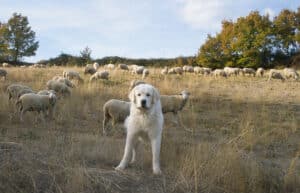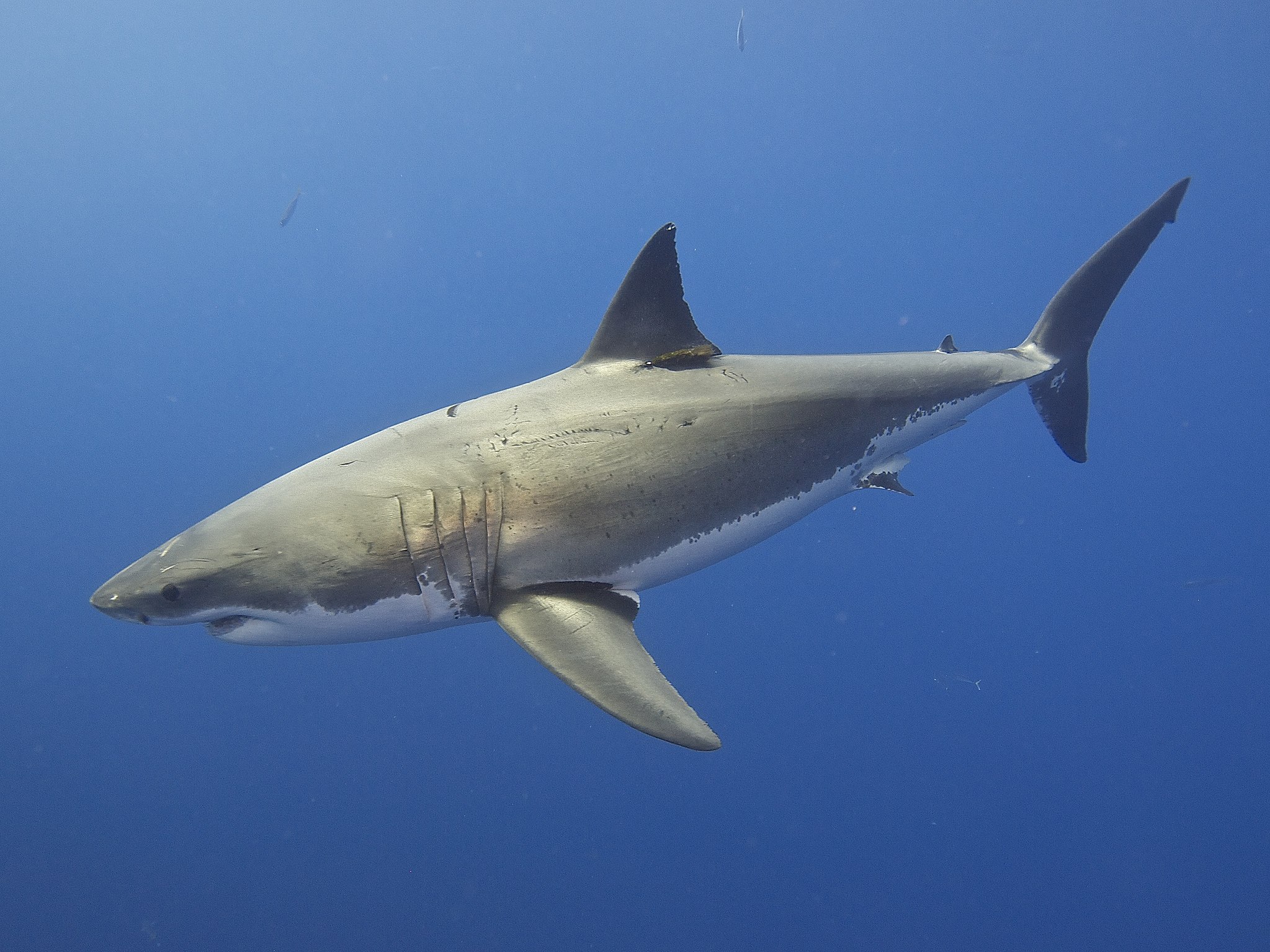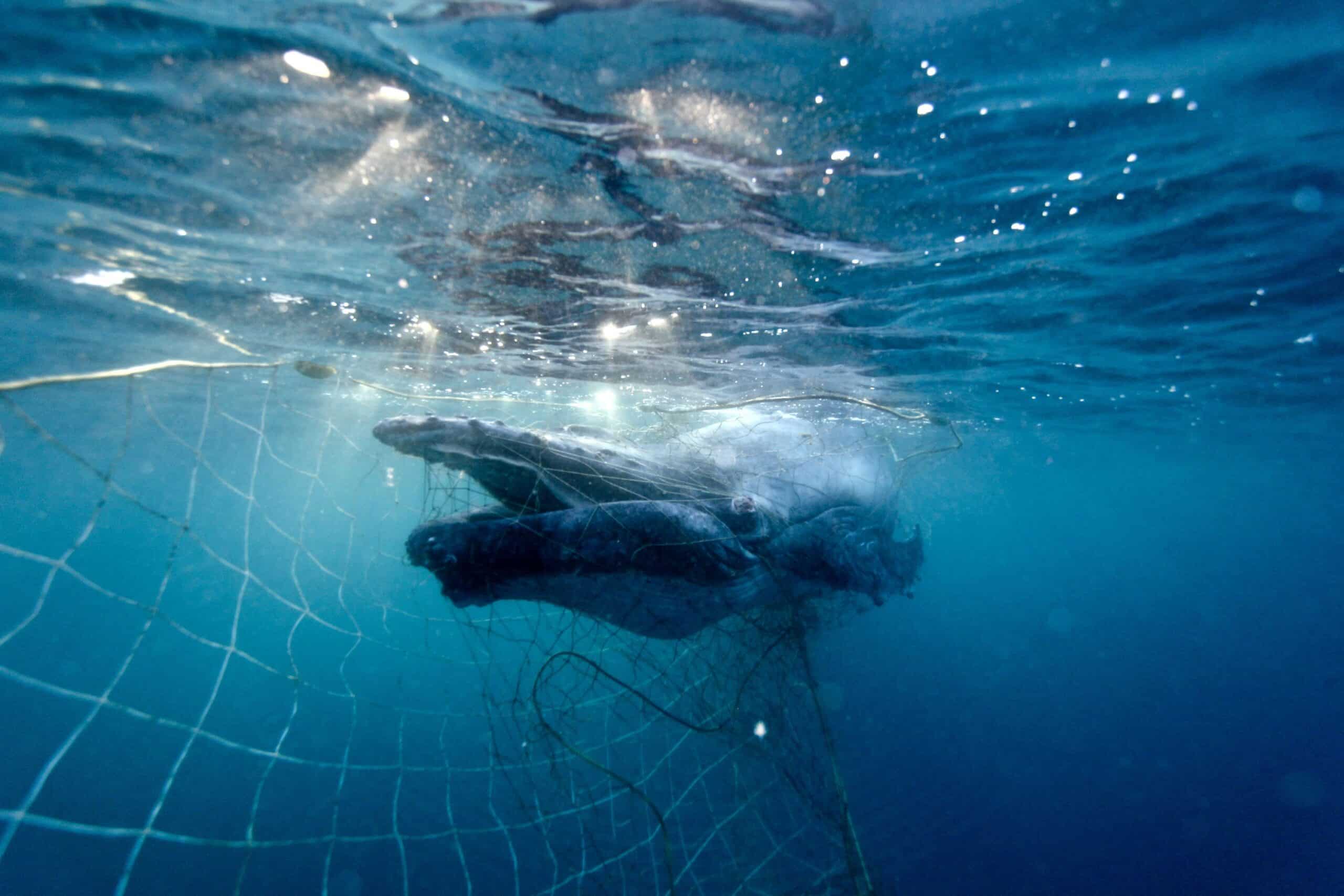Research shows that Australia’s great white sharks are highly related to each other and may consist of fewer than 500 breeding animals. SYDNEY, 24 June 2025: Latest research has found Australia’s great white shark population is much smaller than expected, increasing their vulnerability to further population threats. The population...
Farmers have often viewed dingoes as the enemy, waging war against them to protect their livestock, yet some farmers are starting to experience greater benefits by learning to coexist with them instead.
Coexistence aims to reduce the costs and enhance the benefits of living with wildlife.
Coexistence is increasingly being advocated as an important way to reduce threats to biodiversity. Yet coexistence between livestock grazing and predators is a challenge for sustainable agriculture, animal welfare, and biodiversity conservation.
I reckon my dingoes are worth $20,000 each, probably more. So killing them would be the last thing that I did.
David Pollock, Cattle Producer, Western Australia
My recently published research identifies seven pathways to move from the routine lethal management of dingoes towards mutually beneficial coexistence. Central to this transformational change is the adoption of a new sustainable farming movement called Predator Smart Farming (PSF) that is being championed by Humane Society International Australia. A new guide to Predator Smart Farming has been released that combines practical knowledge from graziers with the latest science on dingo ecology and behaviour and smart tools and practices that deter dingoes without harming them.
These tools actively prevent livestock predation such as guardian humans and animals (Maremma dogs and donkeys) along with technologies that mimic human presence that emit lights, sounds or smells to startle and deter dingoes. PSF advocates husbandry practices such as putting salt out at dusk to encourage livestock herding, removing attractants such as livestock carcasses, desexing working dogs, and reducing the distance livestock need to travel to access water. When these tools are combined with land stewardship and livelihood resilience farmers can capitalise on the benefits of dingoes for healthy and productive landscapes. Predator Smart Farming provides a potential win-win for farmers and dingoes.

Images: Guardian animals form and important part of Predator Smart Farming
Graziers utilising Predator Smart tools and strategies report multiple benefits of reduced livestock injury and loss to predators, less time stalking and killing dingoes, and dispersal of wild grazers that aids pasture mass and livestock profitability.
We don’t have to be out there all the time with the livestock. We have no need to cull dingoes as our predation loss is zero. With the guardian donkeys we save 3 hours a day not setting traps.
Cattle grazier, New South Wales
In light of the escalating biodiversity crisis, it is time to modernise Australia’s approach to wildlife management that favours coexistence over culling. It can also be a more effective strategy for farmers recognising that lethal management hasn’t worked and isn’t sustainable. HSI is at the forefront of this sustainable agricultural movement for a brighter future that supports people, the planet and animals. We need greater scientific and evidence-based approaches combined with the voices and perspectives of Indigenous Australians to shape environmental policy and inform management decisions to restore essential the role of dingoes as apex predators.


